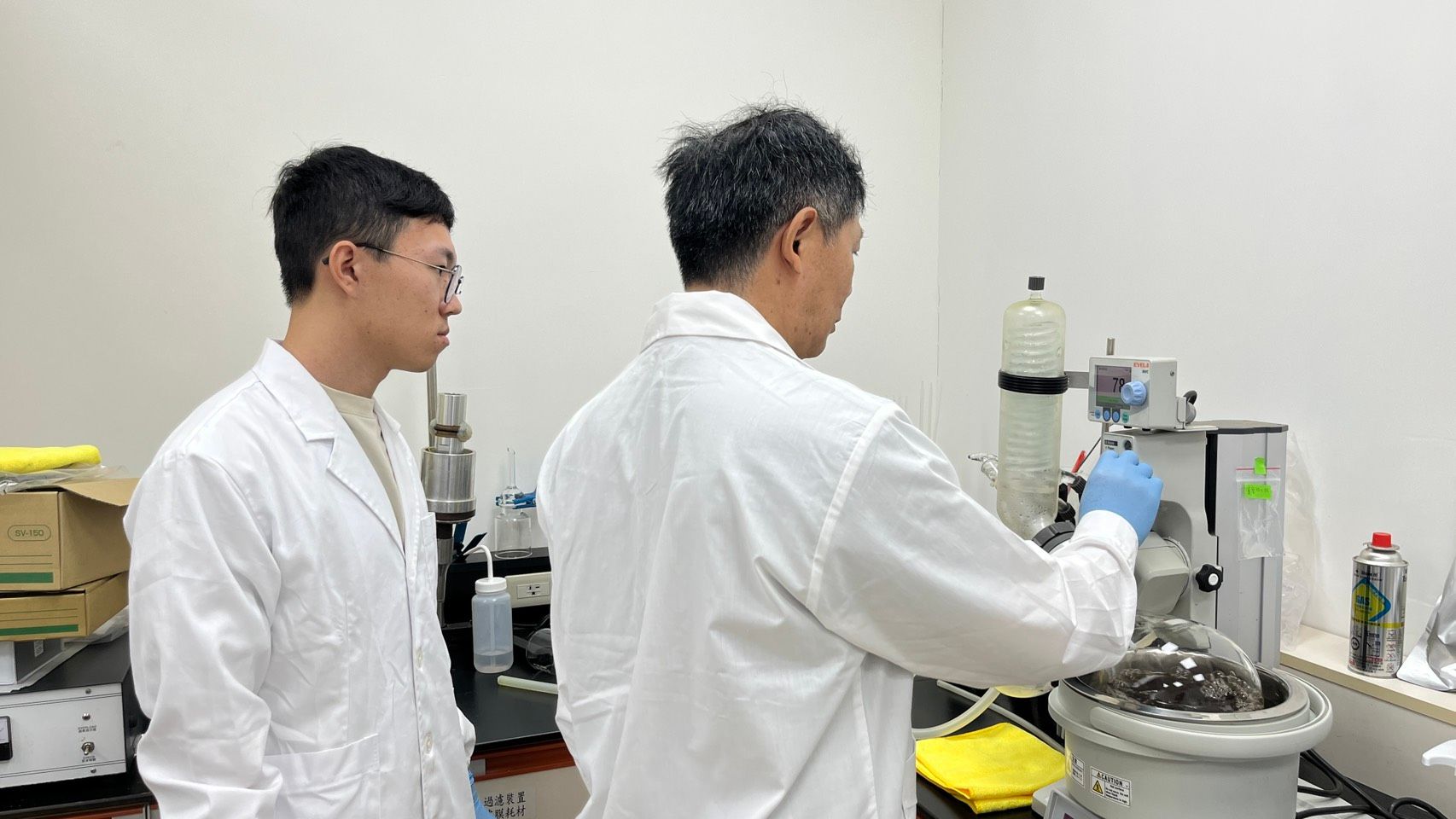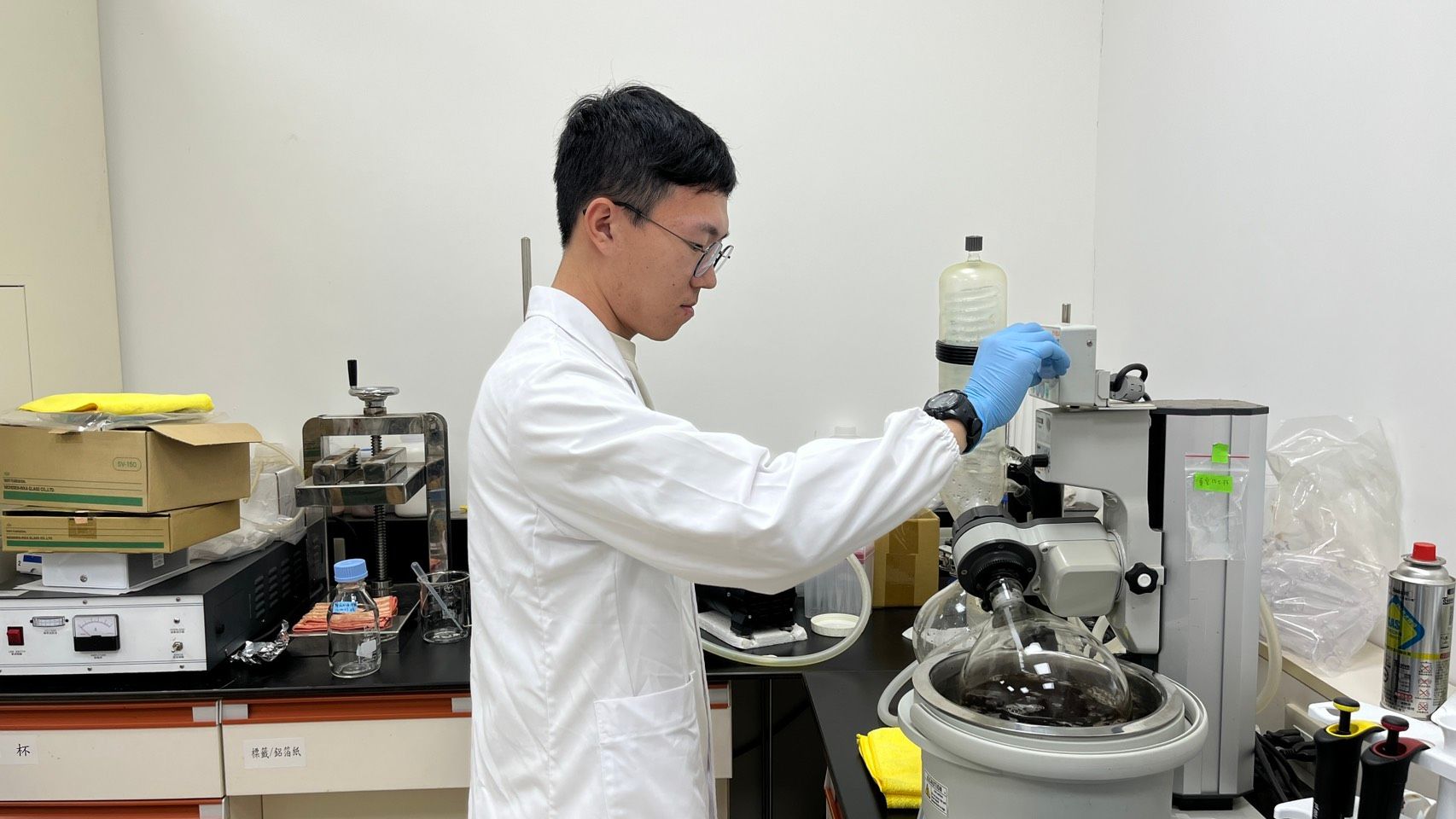extraction
Extraction technology
What is extraction?
Just like making tea, you throw tea leaves into water, and after a while, the water changes from clear to brown. At this time, the water "pulls out" the aroma, taste, and nutrients in the tea leaves. This action is called "extraction."


Why Extraction?
Many things contain the "ingredients we want", but these good things are hidden in the raw materials and cannot be used directly or need to be eaten a lot to show their effects:
For example, shrimp and crab shells contain glucosamine (more complex extraction, chemical treatment and purification), red grape skins contain resveratrol (only 1-5 mg per kilogram of grape skin), and turmeric contains curcumin (only about 2-4% in dried turmeric root)... You can't eat shrimp and crab shells to get glucosamine, or eat a handful of grape skins or dried turmeric to supplement nutrition for resveratrol and curcumin, but through "extraction", you can: take in these functional ingredients more efficiently, filter out unnecessary impurities, or make the product smaller, taste better, double the effect, and store it longer.
These are not made by simply grinding the raw materials. Instead, we pick out the most useful ingredients from the raw materials and use the "extraction" method to take out these good things and make them into health food raw materials, and then make them into health foods, beverages, essences, etc. So that every pill and every bottle you eat is the "essence", and this process of picking out the essence is called "extraction".
How to extract?
There are many ways to extract coffee. Let’s use the above example, just like different ways of brewing coffee:
Soak it in water (like making tea); Soak it in alcohol (like medicinal wine); Use special media such as sound waves (ultrasound), high-pressure gas (supercritical), energy (microwave)... There are many methods, and practical ones are the best.





